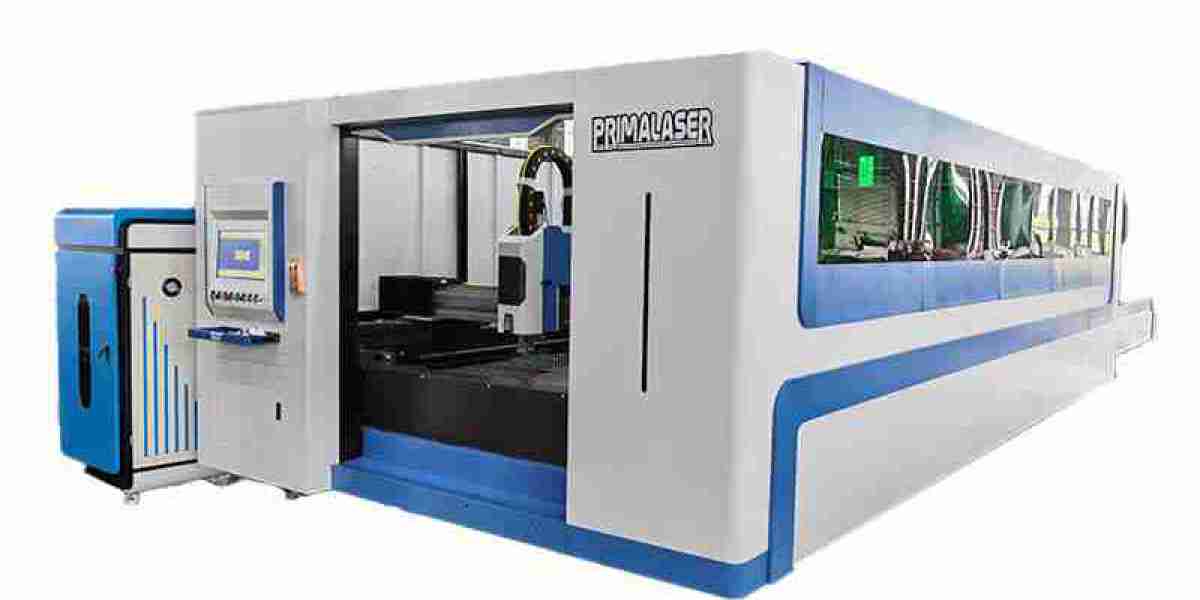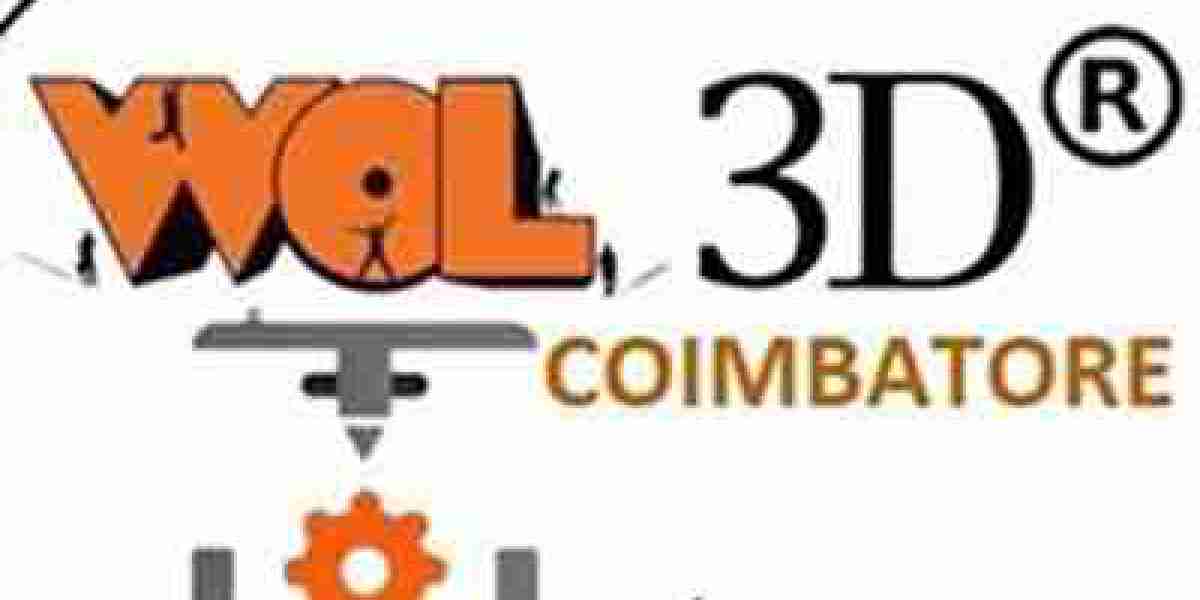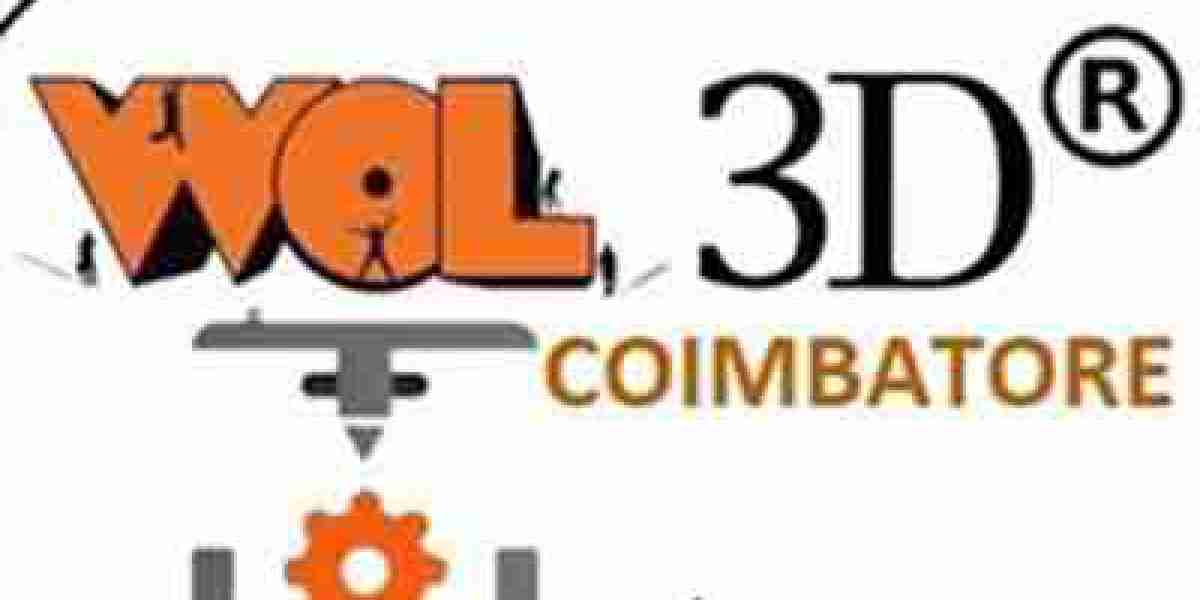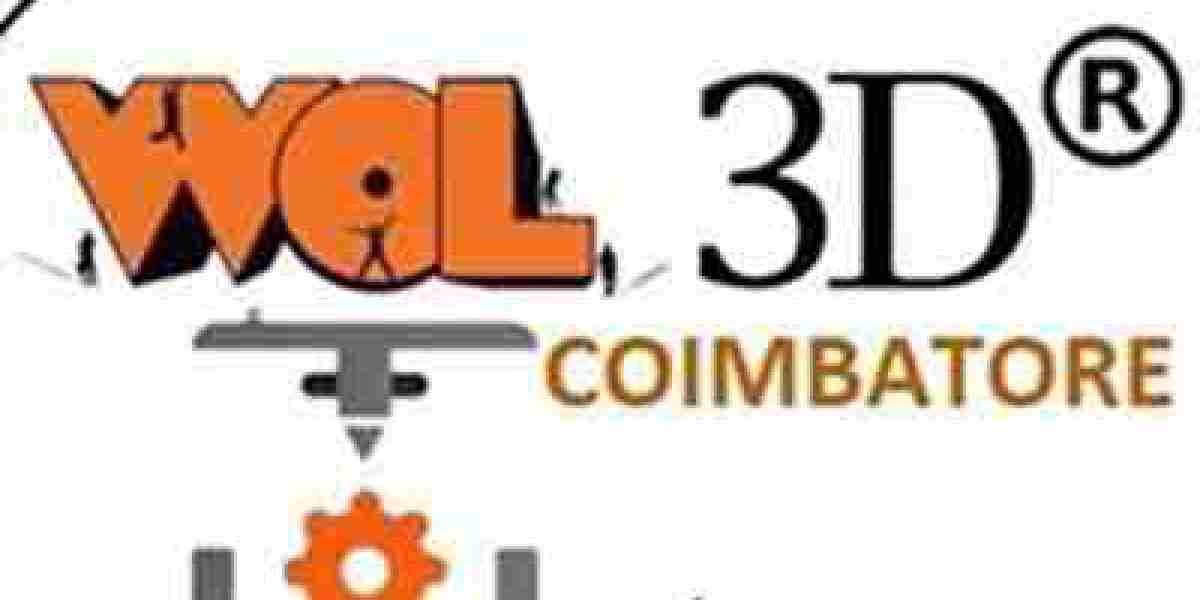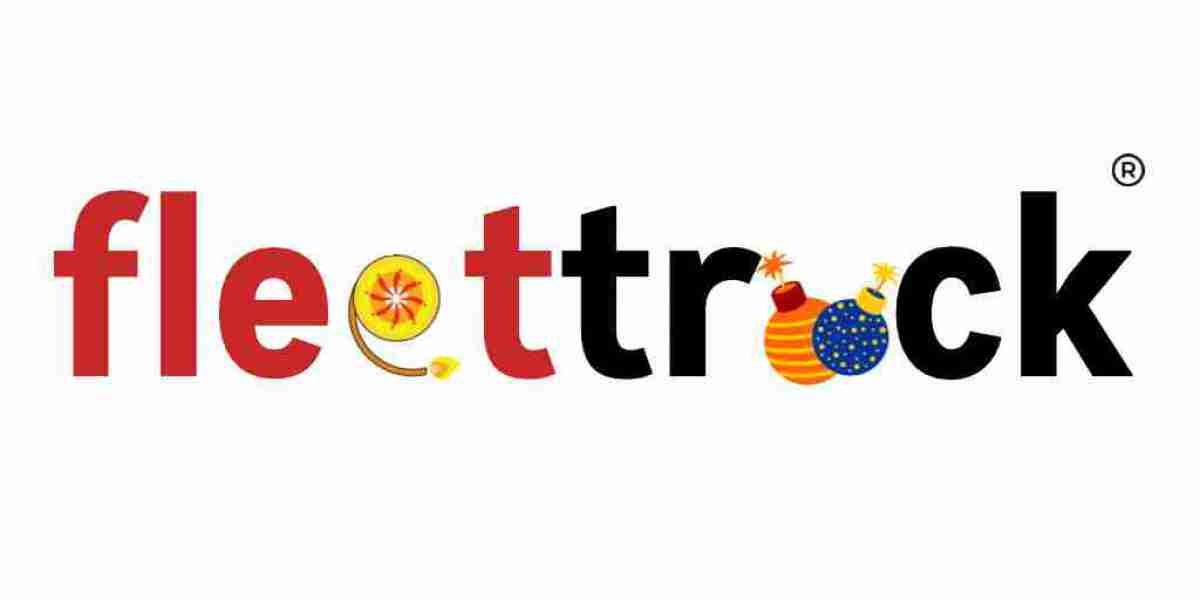Fiber laser metal cutting machines have revolutionized metal fabrication by providing exceptional precision, speed, and efficiency. These machines are widely used across various industries to cut materials like carbon steel, stainless steel, aluminum, copper, and titanium. With the advancement of technology, their application has expanded, making them a vital component in manufacturing and construction. In this article, we will explore how fiber laser metal cutting machines handle different metals, the recommended power settings, and critical considerations for optimal performance.
Recommended Power Settings for Different Metals
Metal Type | Thickness (mm) | Recommended Power (W) | Cutting Speed (mm/s) | Key Considerations |
Carbon Steel | 1-5 | 500-1000 | High | Ensure high oxygen purity for faster cutting and better edge quality. |
| 6-12 | 1500-3000 | Medium | Lower speed for thicker materials to ensure penetration. |
| >12 | 4000 and above | Low | Use high-power lasers and maintain proper cooling systems. |
Stainless Steel | 1-4 | 500-1000 | High | Nitrogen assistance prevents oxidation and eliminates post-processing. |
| 5-10 | 1500-3000 | Medium | High-pressure nitrogen (above 10 bar) ensures smooth edges. |
| >10 | 4000 and above | Low | Focus adjustment is critical to avoid overheating. |
Aluminum | 1-3 | 1000-1500 | High | Use high-purity nitrogen and ensure anti-reflection protection. |
| 4-8 | 2000-3000 | Medium | Precision focus control minimizes heat distortion. |
| >8 | 4000 and above | Low | Path compensation helps reduce thermal deformation. |
Copper | 1-3 | 1000-2000 | High | Ensure reflective safety features to protect the machine. |
| 4-6 | 3000 and above | Medium | Nitrogen or air cutting minimizes oxidation for clean edges. |
Titanium | 1-3 | 1000-2000 | High | Argon or nitrogen shielding prevents combustion during cutting. |
| >3 | 3000 and above | Medium | Proper speed and focus adjustment prevent edge deformation. |
Different Metals
Carbon Steel
Carbon steel responds well to oxygen-assisted cutting, which enhances speed but can lead to edge oxidation. Ensure high oxygen purity to improve the smoothness and reduce slag. Adjust the focus to penetrate thick sheets without compromising the quality.
Stainless Steel
You need to avoid oxidation using nitrogen assistance for a polished finish. Minimal to no secondary processing is needed, reducing production time. Maintain optimal cooling to prevent discoloration or warping.
Aluminum
The aluminum with high reflectivity,so it requires anti-reflective technology to protect the laser source. You need to control cutting speed and focus to prevent heat buildup that causes distortion. And the nitrogen is preferred for clean and precise cuts.
Copper
Copper's reflective nature makes it challenging to cut; ensure the machine has a protective mechanism. Use nitrogen or air to achieve a smoother finish without oxidation. Copper's high thermal conductivity requires efficient cooling during operation.
Titanium
Titanium is prone to combustion; argon or nitrogen shielding is essential. Proper speed adjustments help maintain edge integrity and avoid burning. It is ideal for aerospace components due to its strength-to-weight ratio.
How to Enhance Cutting Efficiency
To maximize the performance of a fiber laser metal cutting machine, consider these tips:
Select the Right Gas
- Use oxygen for faster cutting of carbon steel.
- Opt for nitrogen to prevent oxidation when cutting stainless steel or aluminum.
- Employ argon for cutting titanium and other reactive metals.
Focus Adjustment
- Precisely adjust the focus based on material thickness to ensure clean cuts.
- Automated focus systems can enhance efficiency and reduce manual errors.
Optimize Cutting Path
Avoid overlap or redundant cuts to reduce heat accumulation and save time.
Use CAD software to simulate and optimize cutting paths.
Maintain the Machine
Regularly clean lenses and mirrors to maintain laser efficiency.
Check and replace cooling fluids as needed to avoid overheating.
Monitor Cutting Speed
Balance speed and power to achieve the desired edge quality without compromising productivity.
Applications in Automotive Manufacturing
Fiber laser metal cutting machines play a pivotal role in automotive manufacturing, producing high-precision components such as:
- Chassis and Frame Components: Precise cutting ensures robust structural integrity.
- Exhaust Systems: Clean edges and intricate designs improve assembly and performance.
- Interior Fixtures: Aluminum and stainless steel parts for dashboards and trims.
- Safety Features: Airbag housing and seat belt mechanisms require accurate cutting to meet safety standards.
By leveraging the capabilities of fiber laser metal cutting machines, automotive manufacturers achieve higher efficiency, superior quality, and cost-effectiveness.
Conclusion
Fiber laser metal cutting machines are indispensable in modern manufacturing, offering unmatched versatility, precision, and productivity. By understanding the power settings and considerations for different metals, businesses can optimize their processes and produce high-quality products. From automotive components to aerospace applications, these machines are shaping the future of metal fabrication. To stay ahead in the competitive market, investing in advanced fiber laser technology is a strategic decision for manufacturers.
